Home>Storage & Organization>Closet & Wardrobe Organization>How To Organize A Clothing Swap
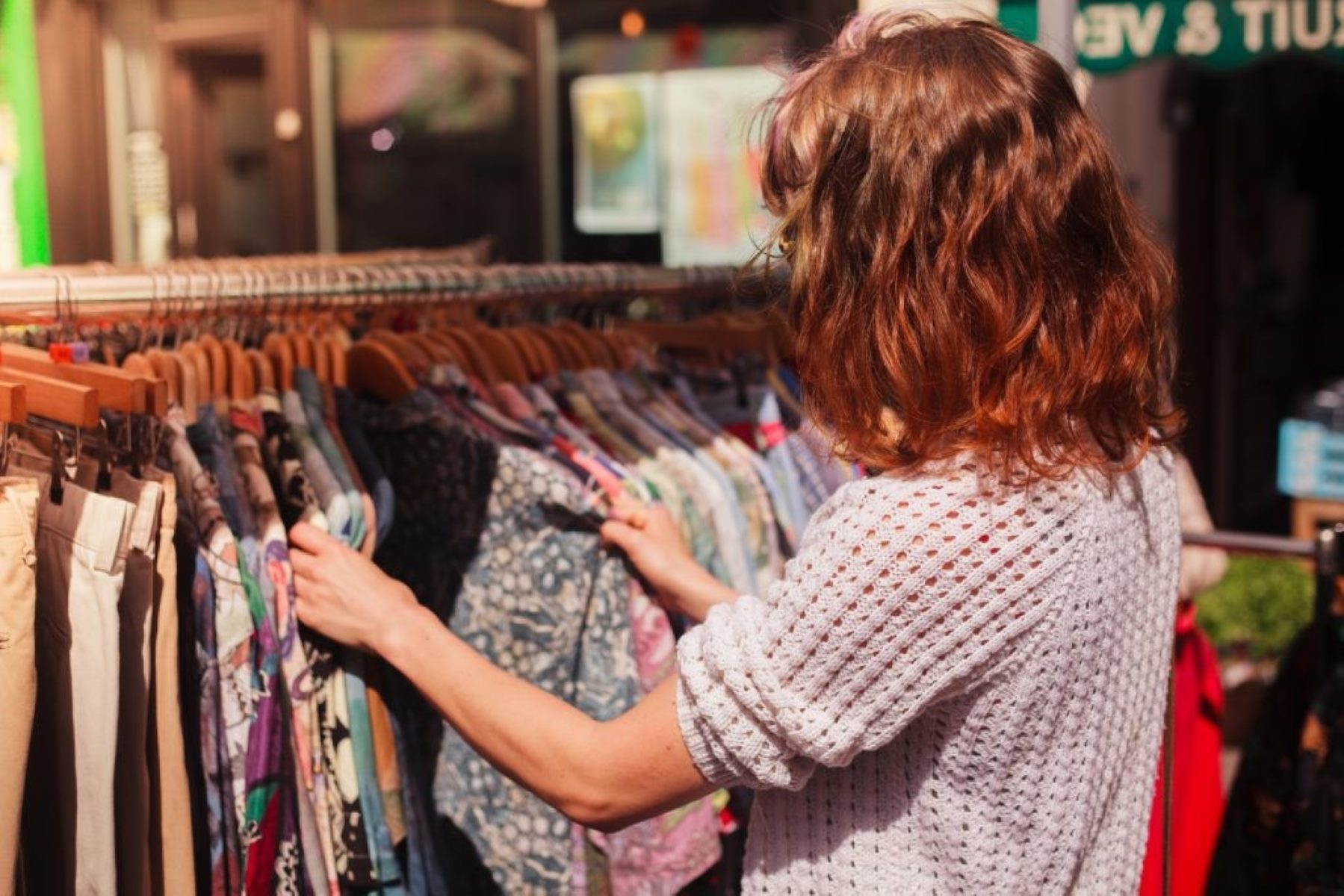

Closet & Wardrobe Organization
How To Organize A Clothing Swap
Published: March 1, 2024
Learn how to organize a successful clothing swap and declutter your closet with our expert tips for effective wardrobe organization. Discover the best strategies for hosting a fun and sustainable swap event. Start decluttering today!
(Many of the links in this article redirect to a specific reviewed product. Your purchase of these products through affiliate links helps to generate commission for Storables.com, at no extra cost. Learn more)
Benefits of Hosting a Clothing Swap
Hosting a clothing swap can bring a multitude of benefits, not only for you but also for the environment and your community. Here are some of the key advantages of organizing a clothing swap event:
-
Sustainable Fashion: By hosting a clothing swap, you are actively participating in sustainable fashion practices. Instead of contributing to the cycle of fast fashion and excessive consumption, you are promoting the reuse and repurposing of clothing items. This helps in reducing the overall carbon footprint and waste associated with the fashion industry.
-
Cost-Effective Wardrobe Refresh: Clothing swaps provide an excellent opportunity to refresh your wardrobe without spending a fortune. Instead of purchasing new clothes, you can exchange items with others, giving you a chance to explore different styles and trends without breaking the bank.
-
Community Building: Organizing a clothing swap can foster a sense of community and camaraderie among participants. It brings people together for a common cause, creating a space for social interaction, networking, and the exchange of ideas.
-
Promoting Inclusivity: Clothing swaps promote inclusivity by offering a diverse range of clothing items for participants of all shapes, sizes, and style preferences. It encourages a more inclusive approach to fashion, where everyone can find something that resonates with their personal taste.
-
Reducing Clothing Waste: By participating in a clothing swap, individuals contribute to the reduction of clothing waste. Instead of discarding unwanted items, they are given a new lease on life through the swap, minimizing the amount of clothing ending up in landfills.
-
Encouraging Creativity: Hosting a clothing swap encourages creativity and resourcefulness. Participants can experiment with styling and mixing different pieces to create unique outfits, fostering a sense of creativity and individual expression.
-
Supporting Sustainable Practices: Clothing swaps align with sustainable living practices, promoting the ethos of reduce, reuse, and recycle. By extending the lifespan of clothing items, participants actively support sustainable and eco-friendly initiatives.
Overall, hosting a clothing swap presents a myriad of benefits, ranging from environmental conservation to personal and communal enrichment. It's a rewarding way to promote sustainable fashion, build connections within the community, and contribute to a more conscious and inclusive approach to clothing consumption.
Key Takeaways:
- Hosting a clothing swap promotes sustainable fashion, saves money, and builds community. It reduces clothing waste and encourages creativity while supporting eco-friendly initiatives.
- When hosting a clothing swap, carefully plan the event space, invite participants effectively, establish clear rules, and organize clothing items for a successful and enjoyable experience.
Setting Up the Event Space
Setting up the event space for a clothing swap requires careful planning and organization to ensure a seamless and enjoyable experience for all participants. Here are the essential steps to create a welcoming and functional environment for the swap:
-
Venue Selection: Choose a spacious and well-lit venue that can accommodate the anticipated number of participants. Consider local community centers, event spaces, or even a large backyard if weather permits. The venue should have ample space for clothing racks, tables, and designated fitting areas.
-
Layout Planning: Create a layout that allows for easy navigation and browsing. Arrange clothing racks and tables in a way that prevents overcrowding and promotes a smooth flow of movement. Designate specific areas for different clothing categories, such as tops, bottoms, dresses, and accessories.
-
Display and Organization: Set up clothing racks, shelves, or tables for displaying the items. Ensure that the clothing is organized by size and type to facilitate browsing. Consider using signage or labels to clearly mark different sections and make it easier for participants to locate specific items.
-
Fitting Rooms: If possible, designate a separate area for fitting rooms or provide privacy screens for participants to try on clothing. This ensures that everyone has the opportunity to assess the fit and style of the items they are interested in.
-
Seating and Social Spaces: Create comfortable seating areas where participants can take a break, socialize, and engage in conversations. Providing a welcoming and relaxed atmosphere encourages interaction and fosters a sense of community among the attendees.
-
Refreshments and Amenities: Consider offering light refreshments such as water, tea, or snacks to keep participants energized throughout the event. Additionally, ensure that the venue has accessible restrooms and other amenities to cater to the needs of the attendees.
-
Decor and Ambiance: Enhance the ambiance of the event space with simple decorations and lighting to create a pleasant and inviting atmosphere. Consider using plants, fabric drapes, or string lights to add a touch of warmth and charm to the space.
By thoughtfully setting up the event space, you can create an environment that encourages exploration, social interaction, and an overall enjoyable experience for everyone involved in the clothing swap.
Inviting Participants
When it comes to inviting participants to a clothing swap, effective communication and outreach are key to ensuring a diverse and engaged attendee base. Here's a detailed guide on how to invite participants to your clothing swap event:
-
Create Invitations: Design visually appealing digital or physical invitations that convey essential details about the clothing swap, including the date, time, location, and any specific guidelines or themes. Utilize platforms such as social media, email, or physical flyers to reach a wide audience.
-
Utilize Social Media: Leverage the power of social media platforms to spread the word about the clothing swap. Create event pages or posts on platforms like Facebook, Instagram, and Twitter, and encourage participants to share the event with their networks. Utilize relevant hashtags and tags to increase visibility.
-
Collaborate with Local Groups: Reach out to local community groups, organizations, or clubs that align with the ethos of sustainable fashion and community engagement. Collaborating with like-minded groups can help expand the reach of your invitations and attract participants who are passionate about sustainable living.
-
Word of Mouth: Encourage participants to invite their friends, family, and colleagues to the clothing swap. Personal recommendations and word of mouth can be powerful tools for increasing attendance and creating a sense of anticipation for the event.
-
Email Campaigns: If you have an existing network or mailing list, consider sending out targeted email invitations to individuals who have previously expressed interest in sustainable fashion, clothing exchanges, or similar community events.
-
Engage Local Businesses: Partner with local businesses, such as eco-friendly boutiques, thrift stores, or sustainable fashion brands, to promote the clothing swap. They may be willing to share information about the event with their customer base or provide support in exchange for exposure.
-
Highlight the Benefits: When inviting participants, emphasize the benefits of participating in a clothing swap, such as sustainable fashion practices, cost-effective wardrobe updates, and the opportunity to connect with like-minded individuals in the community.
By implementing these strategies, you can effectively reach potential participants and generate excitement for your clothing swap event, ultimately contributing to its success and impact within the community.
Establishing Rules and Guidelines
Establishing clear and comprehensive rules and guidelines is crucial for ensuring a smooth and organized clothing swap event. By setting the parameters for participation and item exchange, you can create a fair and enjoyable experience for all attendees. Here's a detailed overview of the key rules and guidelines to consider implementing:
-
Item Quality Standards: Communicate specific standards for the condition of clothing items to be exchanged. Ensure that all items are clean, free of stains, tears, or excessive wear. This helps maintain the overall quality of the items available for swapping.
-
Item Limitations: Establish a limit on the number of items each participant can bring to the swap. This prevents individuals from overwhelming the event with excessive items and ensures a balanced exchange opportunity for all attendees.
-
Categorization and Organization: Encourage participants to categorize their items based on clothing types (e.g., tops, bottoms, dresses) and sizes. This facilitates efficient organization and helps attendees locate items that align with their preferences.
-
Fair Exchange System: Implement a fair exchange system, such as a ticket-based or point-based approach, to ensure equitable distribution of items. Participants can receive tickets or points based on the number and quality of items they contribute, which they can then use to "purchase" items during the swap.
-
Respect and Courtesy: Emphasize the importance of respect and courtesy among participants. Encourage individuals to handle items with care, maintain a respectful demeanor, and adhere to the established guidelines to create a positive and inclusive atmosphere.
-
Unclaimed Items: Communicate a plan for unclaimed items at the end of the event. Participants should be aware of the protocol for handling items that remain unswapped, such as donating them to local charities or organizations that support clothing donations.
-
Inclusivity and Diversity: Emphasize the importance of inclusivity and diversity in the items brought to the swap. Encourage participants to contribute a diverse range of sizes, styles, and clothing types to ensure that everyone has the opportunity to find items that resonate with their preferences.
-
Theme or Focus (Optional): If applicable, establish a specific theme or focus for the clothing swap, such as seasonal attire, workwear, or formal wear. This can add an element of excitement and cohesion to the event, guiding participants in their item selections.
By clearly outlining these rules and guidelines, you can create a structured framework that promotes fairness, organization, and a positive experience for all participants. Effective communication of these parameters will contribute to the overall success and harmony of the clothing swap event.
When organizing a clothing swap, make sure to set clear guidelines for the types and condition of clothing that can be exchanged. This will help ensure that everyone has a positive experience and finds items they love.
Organizing the Clothing Items
Organizing the clothing items for a swap is a critical aspect that contributes to the overall success and efficiency of the event. Here's a comprehensive guide on how to effectively organize the clothing items for a seamless and enjoyable swapping experience:
-
Categorize by Clothing Type: Arrange the clothing items into distinct categories such as tops, bottoms, dresses, outerwear, and accessories. This categorization makes it easier for participants to navigate and locate items based on their specific preferences.
-
Sort by Size: Within each clothing category, further organize the items by size. Use clothing racks, shelves, or designated sections to display items in various sizes, ensuring that participants can easily identify pieces that align with their measurements.
-
Create Styling Stations: Consider setting up styling stations where participants can mix and match different clothing items to create complete outfits. Provide full-length mirrors and seating areas to facilitate the outfit selection process.
-
Display Accessories Separately: If there is a significant number of accessories such as jewelry, scarves, or handbags, create a dedicated area for displaying these items. This allows participants to browse accessories without feeling overwhelmed by the clothing selection.
-
Color Coordination: If feasible, arrange clothing items by color within each category. This visually appealing organization method makes it easier for participants to identify items that complement their personal style and color preferences.
-
Utilize Signage and Labels: Use clear signage and labels to indicate the different clothing categories, sizes, and any specific guidelines or rules. This helps participants navigate the swap space with ease and enhances the overall organization of the event.
-
Maintain Neatness and Accessibility: Regularly tidy up the clothing displays throughout the event to ensure that items remain neatly organized and accessible. Encourage participants to return items to their designated areas after browsing to maintain order.
-
Consider a Preview Period: If feasible, consider implementing a preview period before the official swapping begins. This allows participants to browse and familiarize themselves with the available items, enhancing their overall swapping experience.
By implementing these strategies, you can create a well-organized and visually appealing display of clothing items, facilitating a seamless and enjoyable swapping experience for all participants. Effective organization contributes to the overall success of the clothing swap event and enhances the satisfaction of attendees.
Hosting the Swap Event
Hosting the swap event is the culmination of all the planning and preparation, and it's essential to ensure that the actual swapping process runs smoothly and efficiently. Here's a detailed guide on how to host the swap event and facilitate a successful exchange of clothing items:
-
Welcome and Orientation: Begin the event by welcoming participants and providing a brief orientation. Introduce the rules and guidelines, emphasize the spirit of inclusivity and respect, and encourage participants to engage in the swapping process with enthusiasm and consideration for others.
-
Swapping Process: Initiate the swapping process by establishing a designated area for participants to bring their selected items for exchange. Implement a systematic approach, such as a rotating or structured swapping format, to ensure that everyone has an equal opportunity to browse and select items.
-
Assistance and Guidance: Assign volunteers or staff members to provide assistance and guidance to participants as they navigate the swapping space. Offer support in locating specific items, understanding the exchange system, and addressing any questions or concerns that may arise during the event.
-
Facilitate Interactions: Encourage social interactions and networking among participants by creating opportunities for them to share styling tips, offer feedback on outfit choices, and engage in conversations about sustainable fashion and personal style preferences.
-
Maintain Order and Fairness: Monitor the swapping process to ensure that the established rules and guidelines are being followed. Address any instances of overcrowding, item hoarding, or disruptive behavior to maintain a fair and respectful environment for all participants.
-
Provide Refreshments and Amenities: Offer light refreshments and amenities to enhance the overall experience for participants. Consider providing water, tea, or snacks to keep attendees energized and comfortable throughout the event.
-
Encourage Exploration and Experimentation: Create an atmosphere that encourages participants to explore different clothing options and experiment with new styles. Emphasize the freedom to express individuality and creativity through the swapping process.
-
Express Gratitude: Conclude the event by expressing gratitude to all participants for their involvement and contribution to the success of the clothing swap. Thank them for their commitment to sustainable fashion practices and community engagement.
By effectively hosting the swap event and overseeing the swapping process with attentiveness and enthusiasm, you can ensure that participants have a positive and rewarding experience. The hosting phase is instrumental in bringing the collective efforts of planning and organization to fruition, ultimately contributing to the overall impact and success of the clothing swap event.
Managing Leftover Items
After the clothing swap event, it's essential to have a plan in place for managing any leftover items. Here's a comprehensive approach to effectively handle the remaining clothing items:
-
Donation and Charity Partnerships: Consider partnering with local charities, shelters, or organizations that support clothing donations. Arrange for the remaining items to be collected and donated to these entities, ensuring that the clothing serves a meaningful purpose within the community.
-
Extended Swapping Opportunities: If feasible, organize additional swapping sessions or mini pop-up swap events to provide participants with further opportunities to exchange items. This allows for continued engagement and ensures that the remaining clothing finds new owners.
-
Upcycling and Repurposing Workshops: Host workshops or collaborative events focused on upcycling and repurposing clothing items. Encourage participants to transform leftover pieces into new creations, such as DIY projects, accessories, or altered garments, promoting sustainability and creativity.
-
Clothing Recycling Initiatives: Explore partnerships with textile recycling facilities or programs that specialize in repurposing textiles. Ensure that any unsuitable or damaged clothing items are responsibly recycled to minimize waste and environmental impact.
-
Community Clothing Drives: Organize community clothing drives where individuals can contribute their unwanted items, which can then be combined with the remaining clothing from the swap event. This collective effort can result in a substantial donation to local charities or individuals in need.
-
Online Swapping Platforms: Consider leveraging online swapping platforms or social media groups dedicated to clothing exchanges. Facilitate the online exchange of leftover items, allowing participants to continue swapping and finding new homes for the remaining clothing.
-
Feedback and Reflection: Encourage participants to provide feedback on the event and their swapping experience. Use this input to inform future clothing swaps, improve the overall process, and address any areas that may require adjustments.
By implementing these strategies, you can effectively manage leftover items from the clothing swap, ensuring that they contribute to sustainable practices, community support, and continued engagement in the realm of sustainable fashion and clothing exchange.
Frequently Asked Questions about How To Organize A Clothing Swap
Was this page helpful?
At Storables.com, we guarantee accurate and reliable information. Our content, validated by Expert Board Contributors, is crafted following stringent Editorial Policies. We're committed to providing you with well-researched, expert-backed insights for all your informational needs.


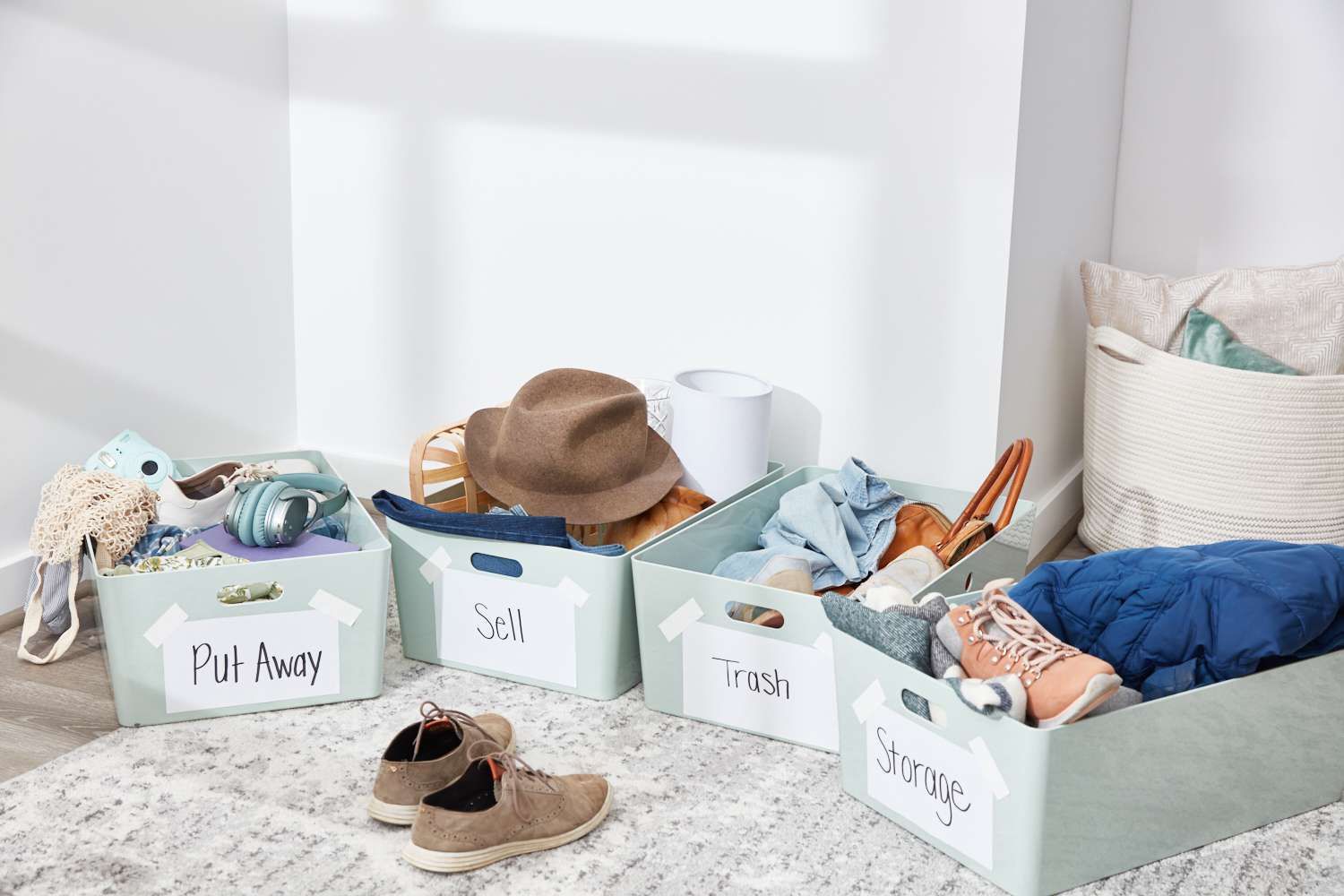

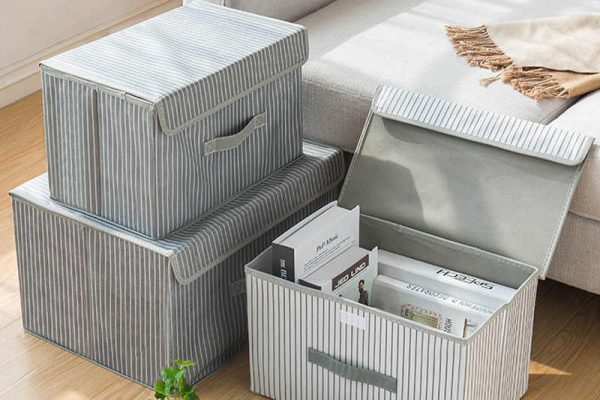
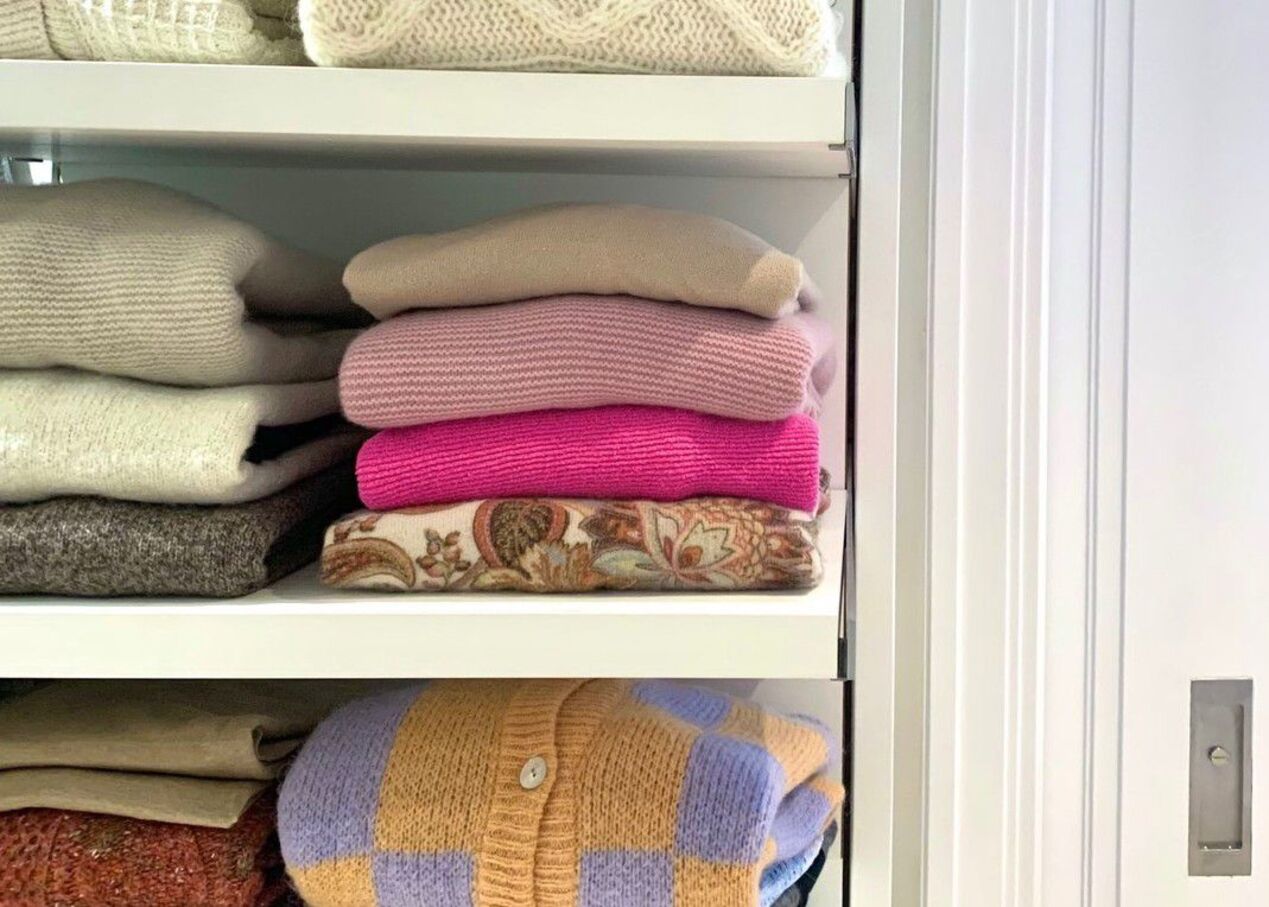



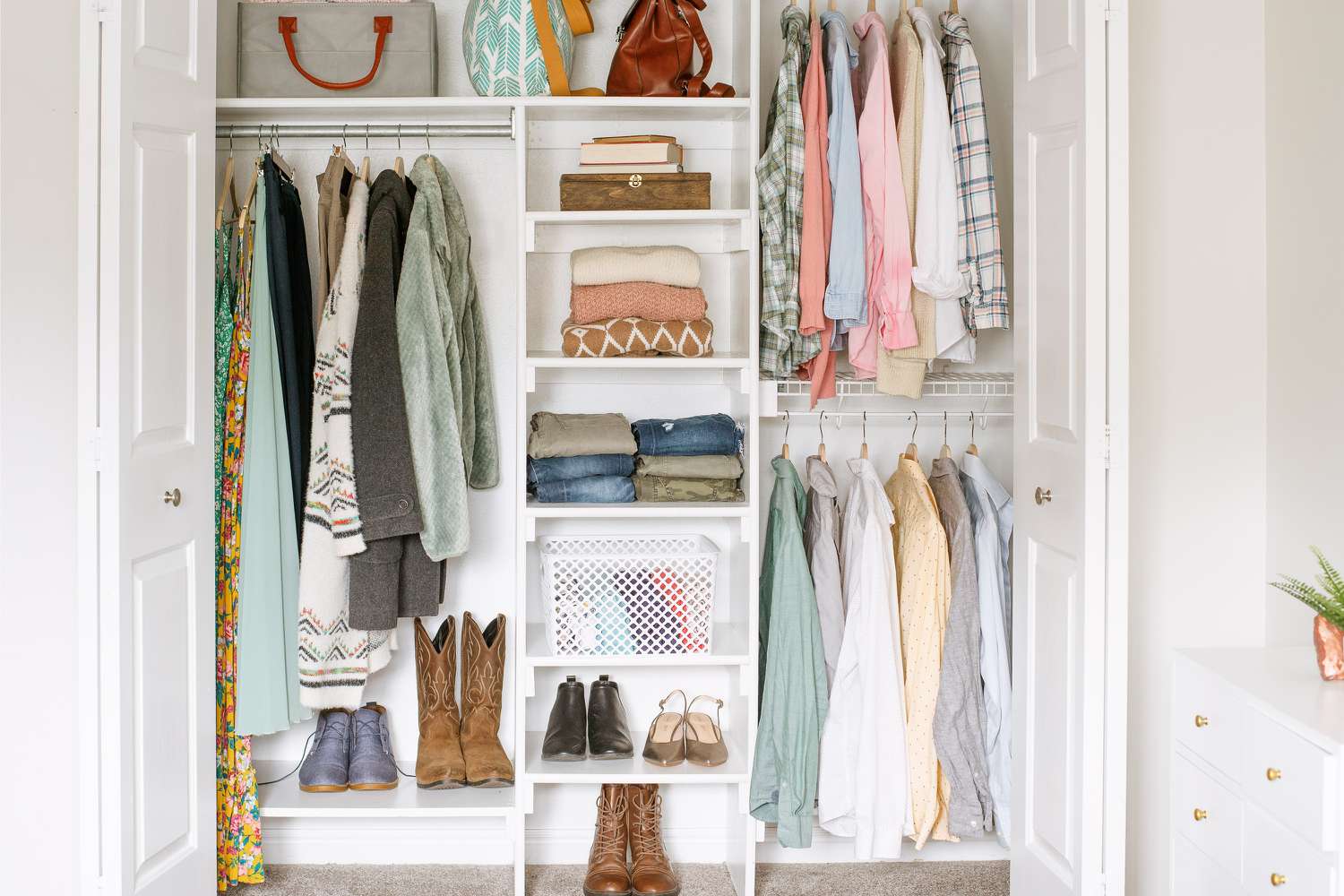


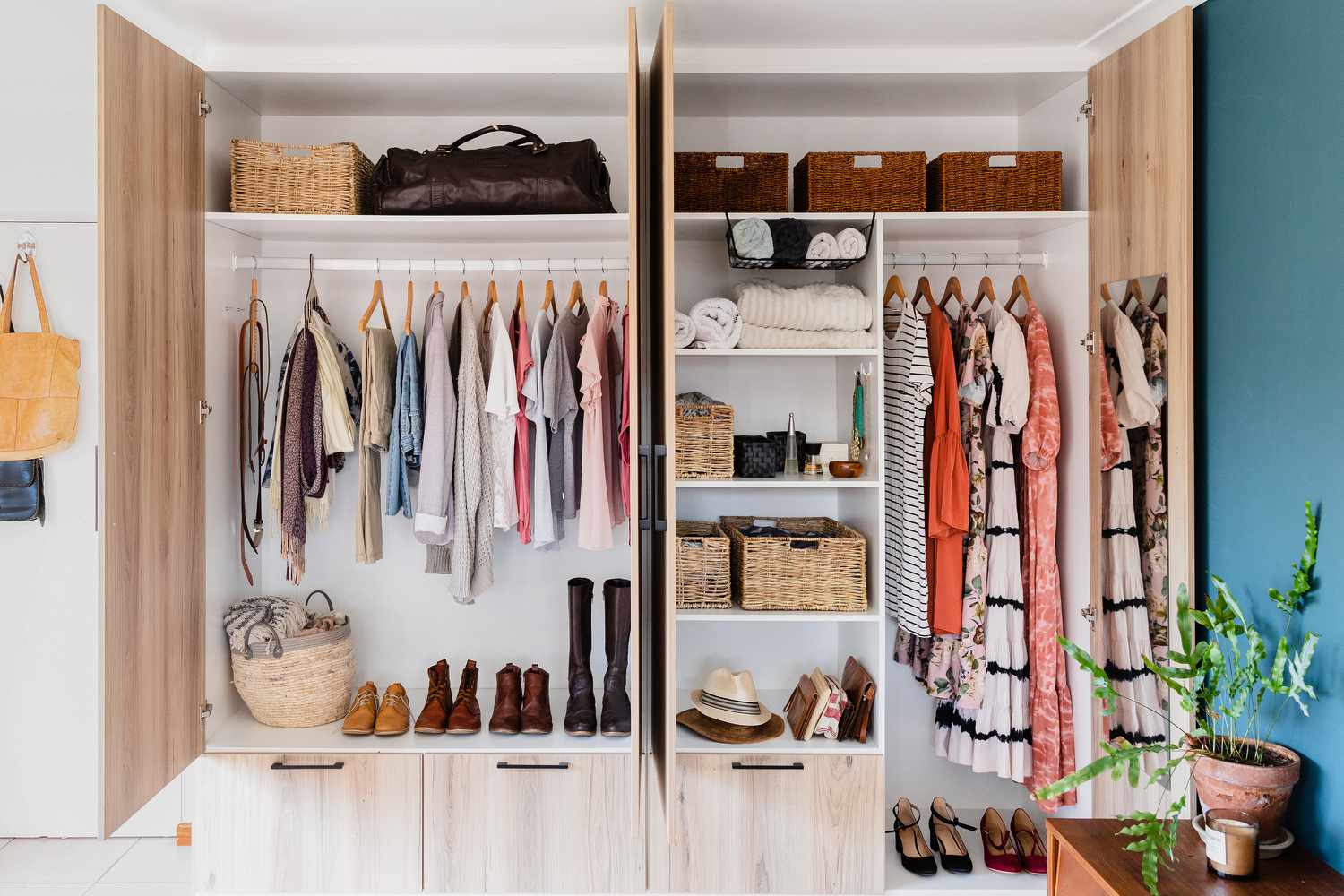


0 thoughts on “How To Organize A Clothing Swap”